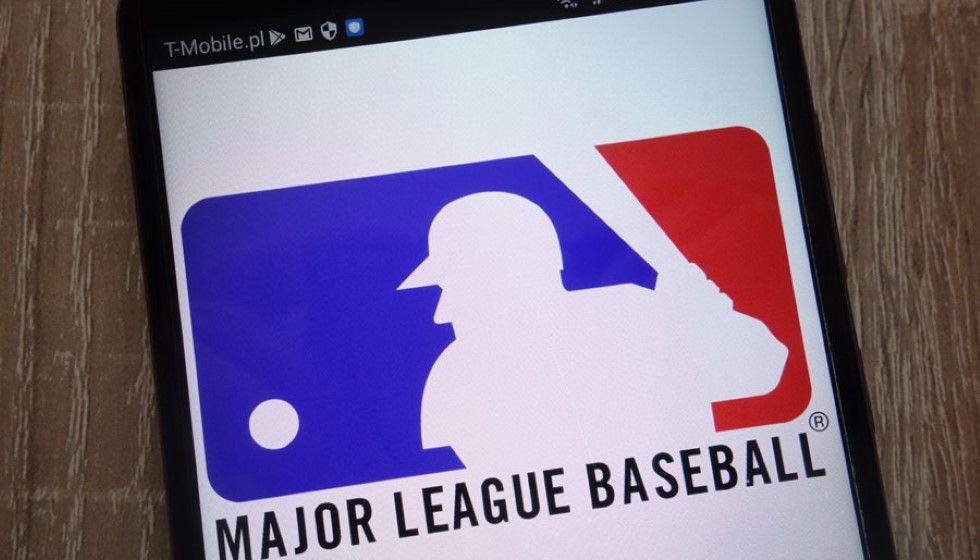
The Hall of Fame Ballot: A New Voice and Enduring Debates
This year's Hall of Fame ballot carries a deeper significance as a seasoned sports journalist steps up to cast an official vote for the first time. It’s a task not taken lightly, as this member joins the chorus of voices that shape the legends enshrined in baseball's hallowed halls. Intriguingly, the ballot includes names both iconic and controversial, ensuring passionate debates across the baseball community.
Ichiro Suzuki, a name synonymous with excellence, stands out on the ballot. The journalist reflects on Suzuki's remarkable career, highlighting his "feel" factor. Joining Major League Baseball at 27, Suzuki quickly became a force, amassing over 3,000 hits and sporting a .311 batting average, along with 509 stolen bases. Though stats only tell part of the story, the journalist notes that "the Lofton/Ichiro comp is a great example of how HOF is definitely not a mere stats-based vote," underscoring the subjective nature of Hall of Fame considerations.
As voters deliberate over candidates, the ballot also revives scrutiny of figures like Barry Bonds and Roger Clemens. These names perpetuate the longstanding discourse on the impact of performance-enhancing drugs on legacies. Similar questions surround Alex Rodriguez and Manny Ramirez, whose links to steroid use remain a specter over their baseball careers, clouding what might otherwise seem like clear paths to the Hall.
Adding further complexity, players such as Carlos Beltran and Brian McCann have associations with the 2017 cheating scandal, prompting voters to grapple with the broader implications of integrity in sports. Determining entry into the Hall demands balancing raw statistics with nuanced understanding of character and sportsmanship—a blend that nearly every voter wrestles with during the decision process.
Hall of Fame voting isn't just a meditation on past greatness—it’s a historical lens, revealing the shifting landscapes of the sport. Of late, there has been a noticeable increase in inductees from the 1920s and 1930s compared to the 1980s and 1990s, sparking discussions about the criteria that define a Hall of Fame-worthy career across eras. A reader poignantly questions, "How do you compare WAR for players currently on the ballot with players already in the HOF?" reminding us that baseball’s evolving dynamics continually reshape Hall of Fame metrics.
Félix Hernández’s case represents these nuances vividly. A Cy Young winner who finished as the runner-up twice, Hernández's career evidences brilliance interspersed with questions about consistency and durability. Initially viewed as "pretty clearly below the Hall of Fame line," the journalist admits to second thoughts about excluding him, suggesting the almost talismanic influence of Hernández's peak performances still lingering in voters’ minds.
Such debates are emblematic of the wider roles voters play. As the journalist acknowledges, "I'm not the sole Hall of Fame voter. I don't get to decide which players get in or are left out." Each vote contributes to a collective deliberation where numerous voices, each with their own principles and reservations, coalesce to uphold the integrity of baseball's storied past.
In an era where definitions of greatness are constantly reexamined, the Hall of Fame ballot remains a testament to both nostalgia and evolution. It is a mirror reflecting baseball's rich history and a canvas for illustrating its future, ensuring that these decisions resonate far beyond individual careers or single election cycles.
As fans and pundits alike eagerly await the outcomes, this year's ballot promises to further the legacy of one of baseball's most cherished traditions. Whether through the induction of revered icons or the exclusion of controversial figures, each choice etches a new chapter in the annals of America's pastime.